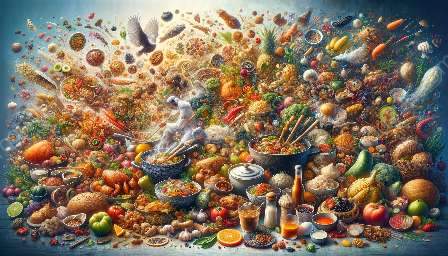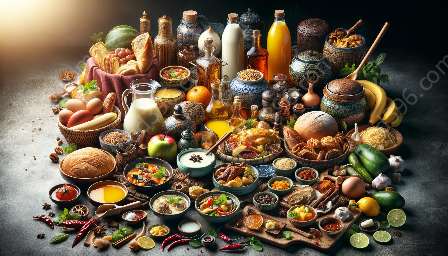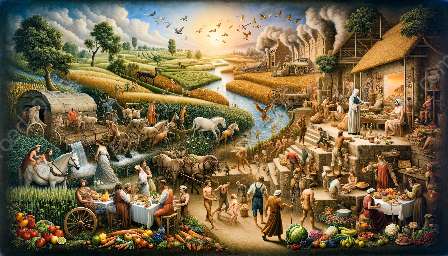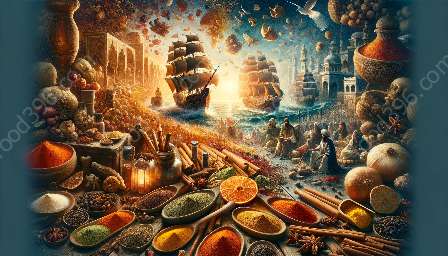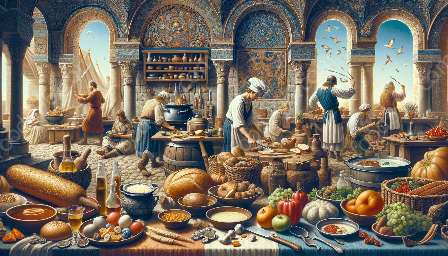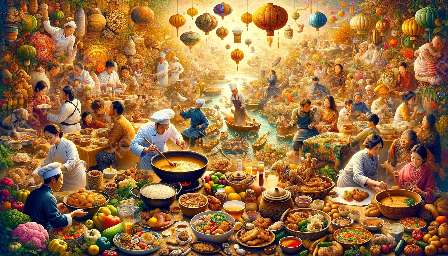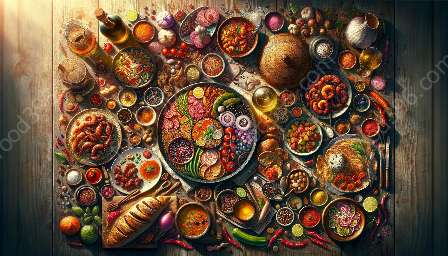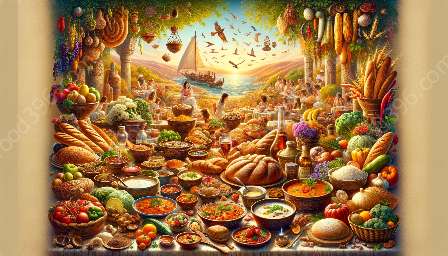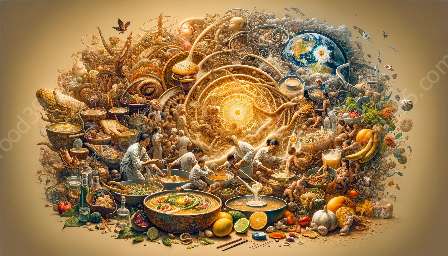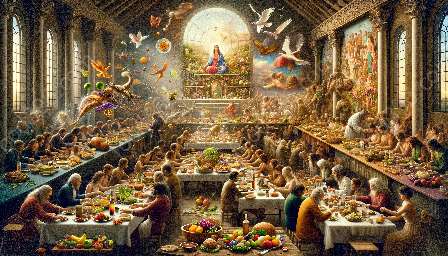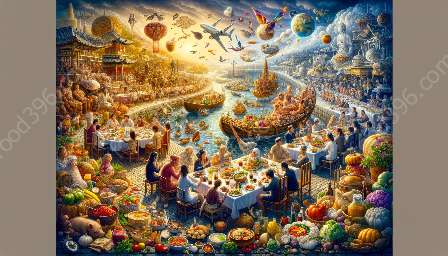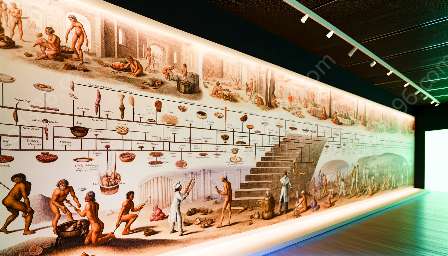Food and migration are intricately linked, shaping global food culture and history in profound ways. As people have migrated across continents and borders, they have carried with them not only their personal stories and traditions, but also their culinary heritage. This has resulted in a rich tapestry of interconnected culinary traditions, flavors, and ingredients.
Impact of Migration on Food Culture and History
Migration has played a pivotal role in shaping the world's food culture and history. The movement of people has resulted in the exchange of culinary customs, ingredients, and cooking techniques, leading to the evolution of unique and diverse food traditions. For example, the migration of Africans to the Americas during the transatlantic slave trade introduced ingredients such as okra, black-eyed peas, and yams to the Americas, significantly impacting the cuisine of the region.
Similarly, the migration of Italians to countries such as the United States and Argentina led to the adaptation of traditional Italian dishes to local ingredients, giving rise to new culinary creations such as New York-style pizza and Argentine empanadas.
The Interconnectedness of Diverse Culinary Traditions
Migration has created a web of interconnected culinary traditions, with the fusion of flavors and techniques from different cultures giving rise to innovative and unique dishes. This interconnectedness is evident in the way that dishes from one culture often incorporate ingredients and cooking methods from another, resulting in a culinary landscape that reflects the diversity and richness of human migration.
For example, the influence of Chinese migration can be seen in the adoption of soy sauce and noodles in various cuisines around the world, while the migration of Middle Eastern communities has led to the global popularity of dishes such as falafel and hummus.
Food, Drink, and Migration
The impact of migration on food and drink extends beyond just cuisine, encompassing the production and consumption of beverages as well. The movement of people has resulted in the global spread of drinks such as coffee, tea, and spirits, each of which carries with it the cultural heritage of the communities that have cultivated and consumed these beverages.
For instance, the migration of European colonists to the Americas brought with it the cultivation of coffee and the establishment of coffee plantations, leading to the proliferation of coffee consumption across the world.
Conclusion
Food and migration are inseparable, with the movement of people serving as a catalyst for the evolution of global food culture and history. The interconnectedness of diverse culinary traditions, the exchange of ingredients, and the adaptation of cooking techniques have all contributed to the rich tapestry of flavors and culinary experiences that we enjoy today.
By understanding the relationship between food and migration, we gain a deeper appreciation for the diverse culinary traditions that have emerged from the movement of people across the globe.




